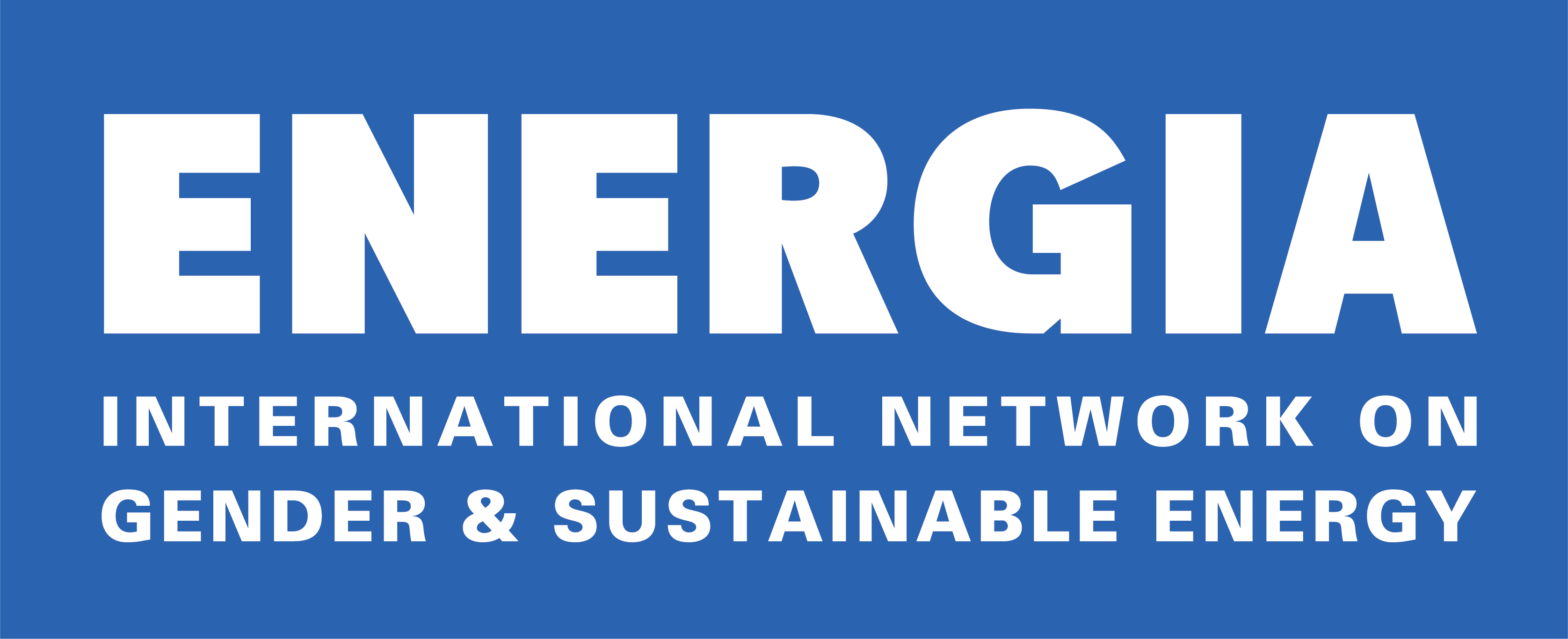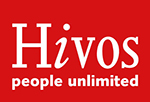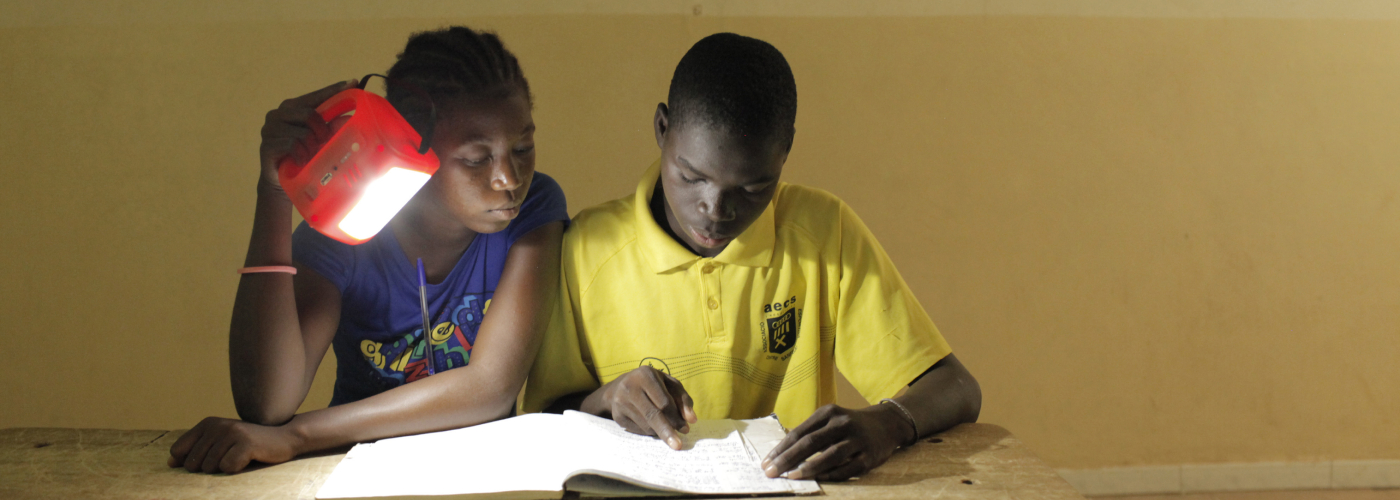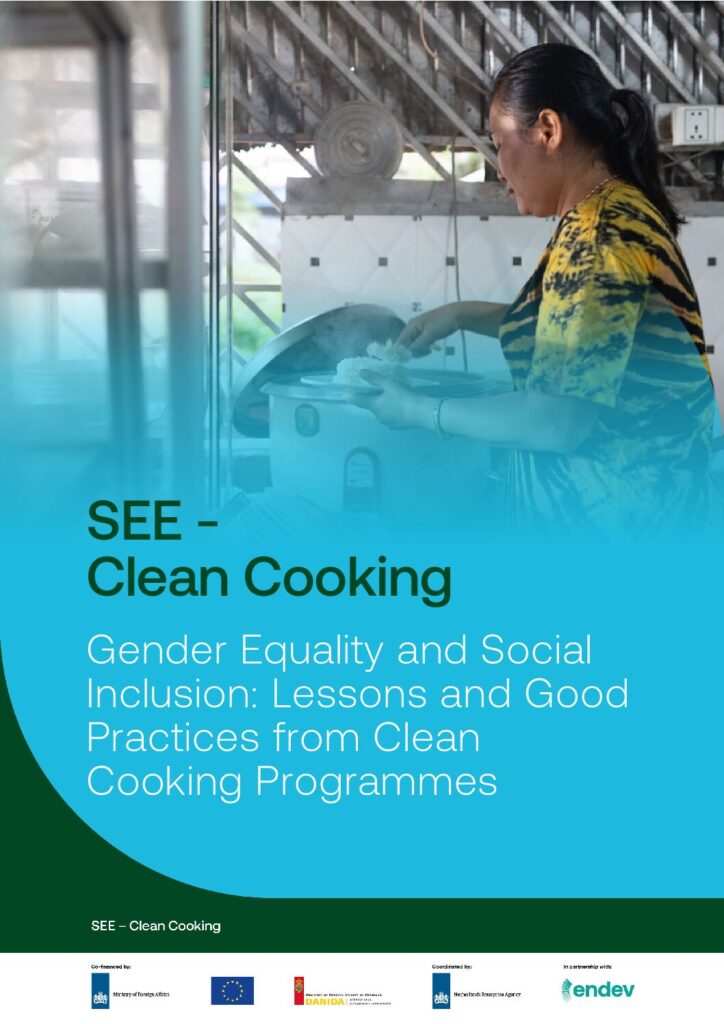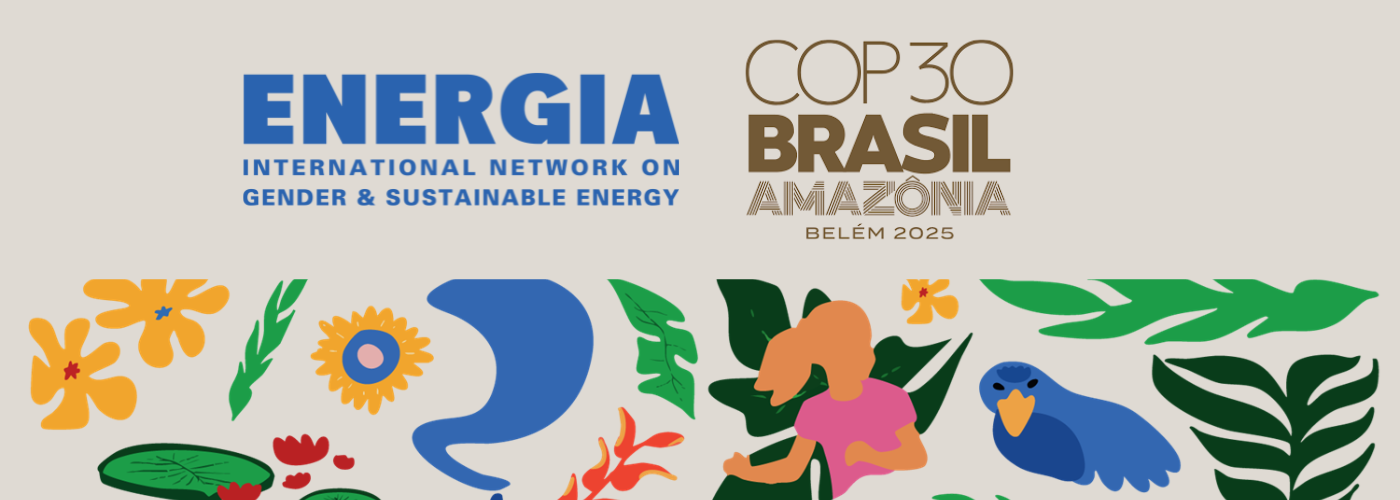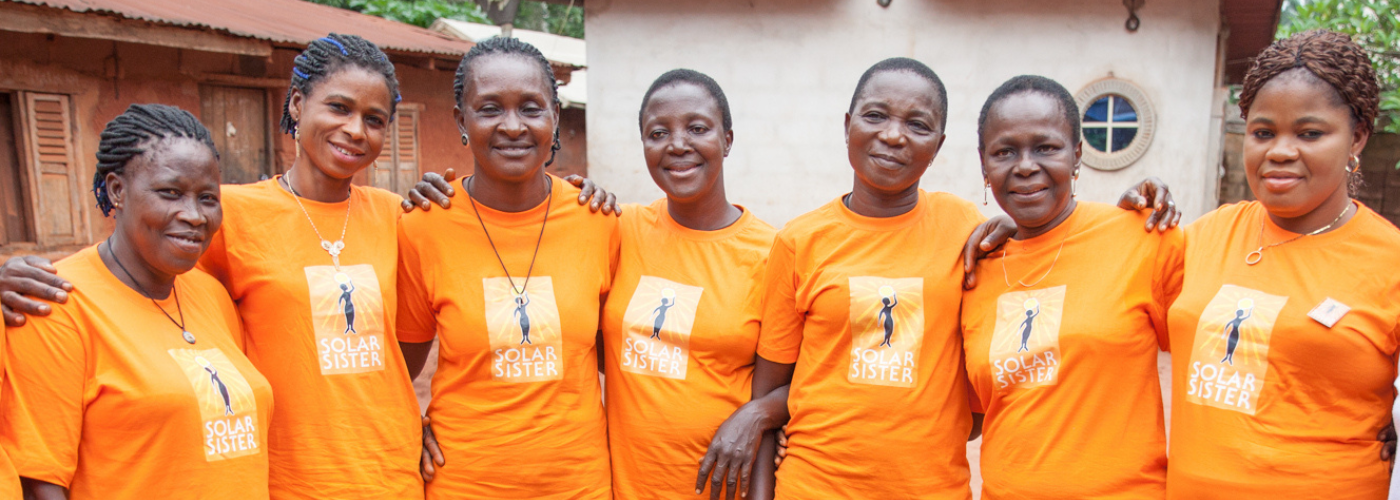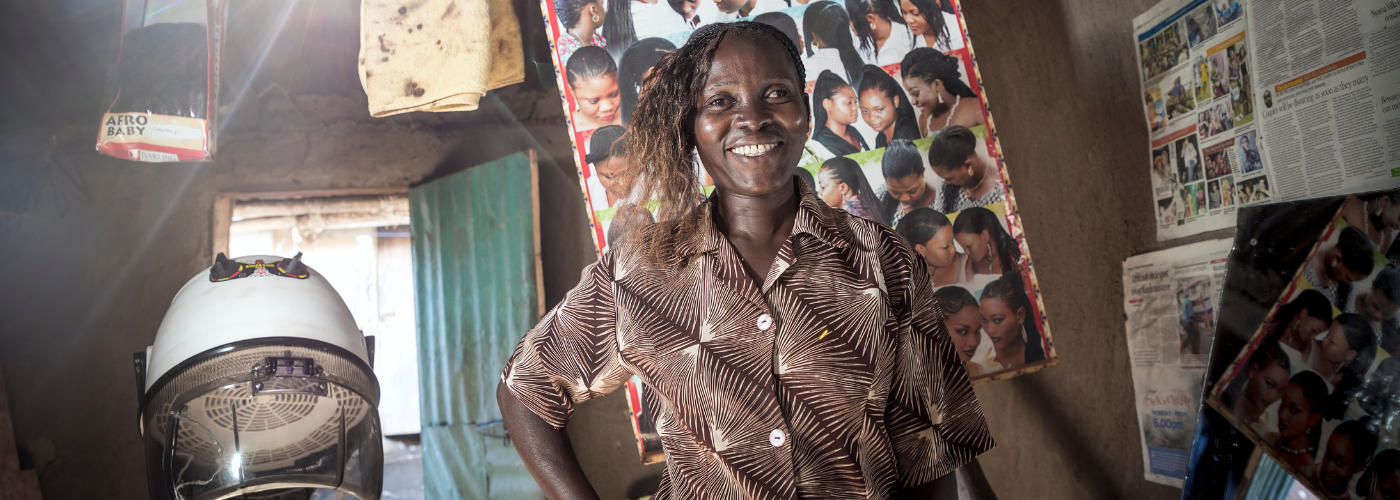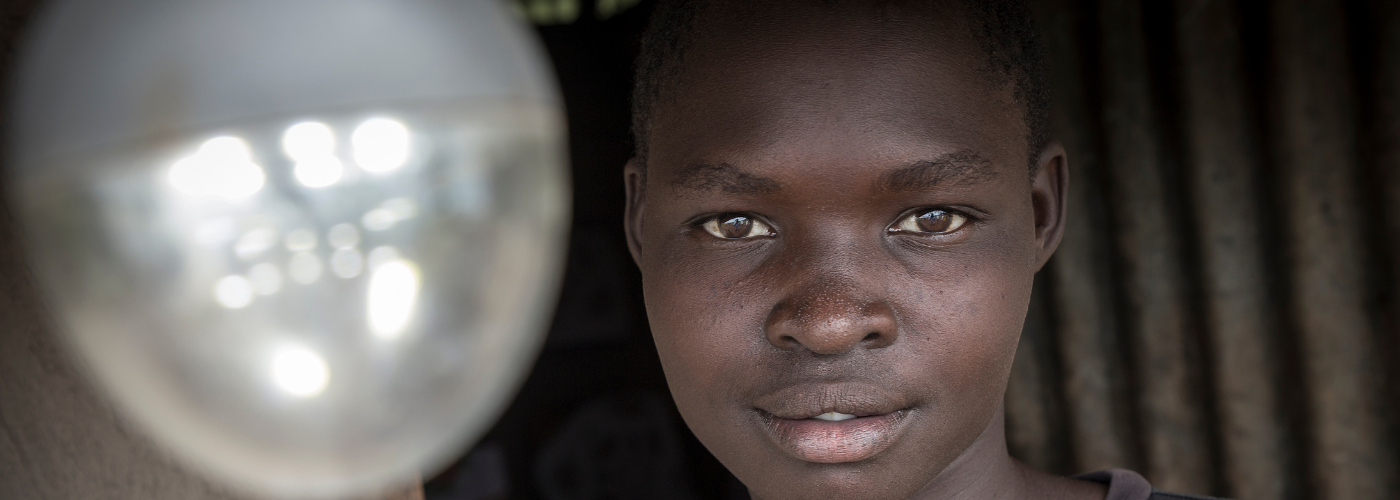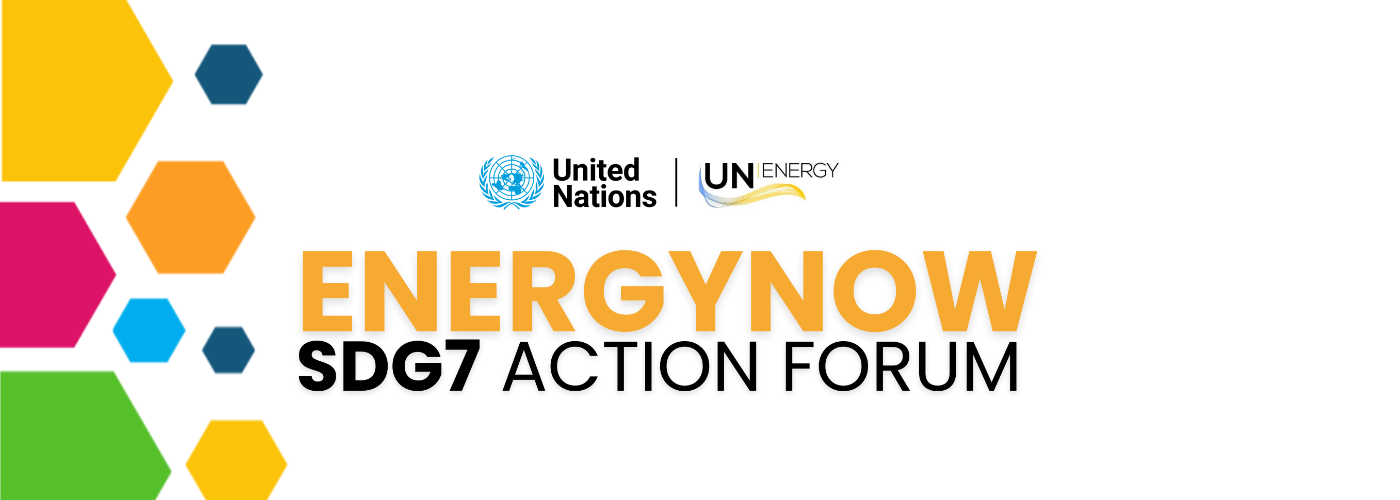Higher-tier clean cooking (HTC) markets are growing globally and have the potential to address the various harmful impacts of inefficient and polluting cookstoves that are a major cause of deaths among women and children.
Polluting cooking fuels also entrench gender and social inequalities because their impacts are largely borne by women who are chiefly responsible for collecting firewood, preparing dung and cooking. At the same time, as higher tier cooking begins to grow, women and excluded groups remain on the margins of these growing markets. This is because they have more limited access than men to information about HTC, are more likely to have low incomes, which affects their purchasing power, and, even when they access HTC solutions, women in some cases lack the knowledge and confidence to sustain their use.
On the supply side, women and excluded groups are marginal participants in HTC markets, and few of them are in high-level, decision-making and technical positions. When involved in supply chains, they are often in administrative positions or work as sales agents with low pay and little influence. While a few women lead and own HTC enterprises, these tend to be small-scale, informal and with low levels of professionalisation. These characteristics as well as gender and social norms in their communities and in the sector limit their access to finance including market building mechanisms such as results-based financing (RBF).
Given the daunting challenges that women face as customers and supply-side actors, several actors in the sector have attempted to address them and there are lessons and good practices that have emerged from these attempts.
This report highlights some of these lessons and good practices based on interviews, reviews of the literature and ENERGIA’s own experiences. The insights in this report show that understanding gender and social inclusion disparities, and why they exist, through comprehensive gender analysis is a key starting point. Interventions must then be designed to respond to and address these disparities.
